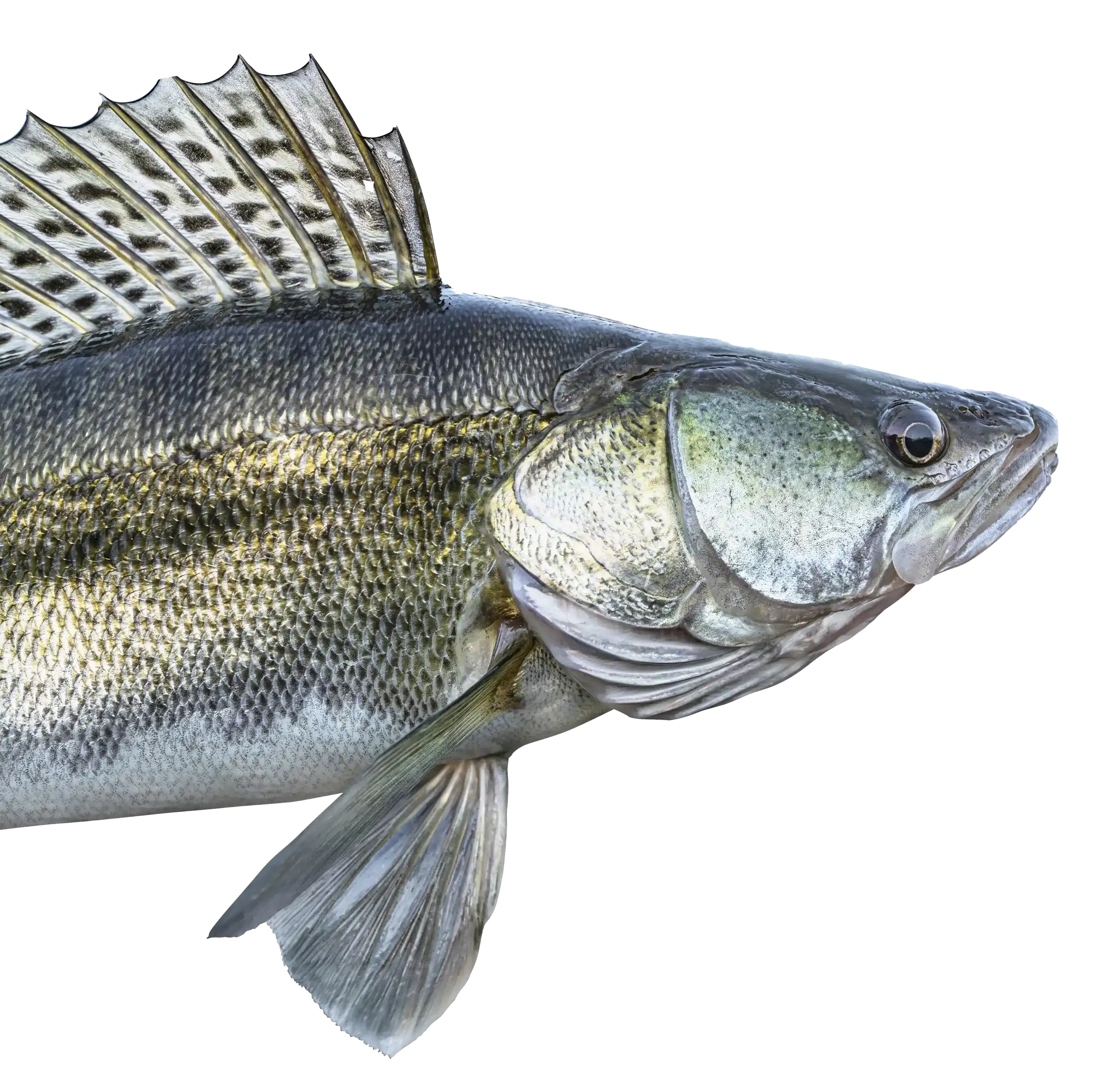
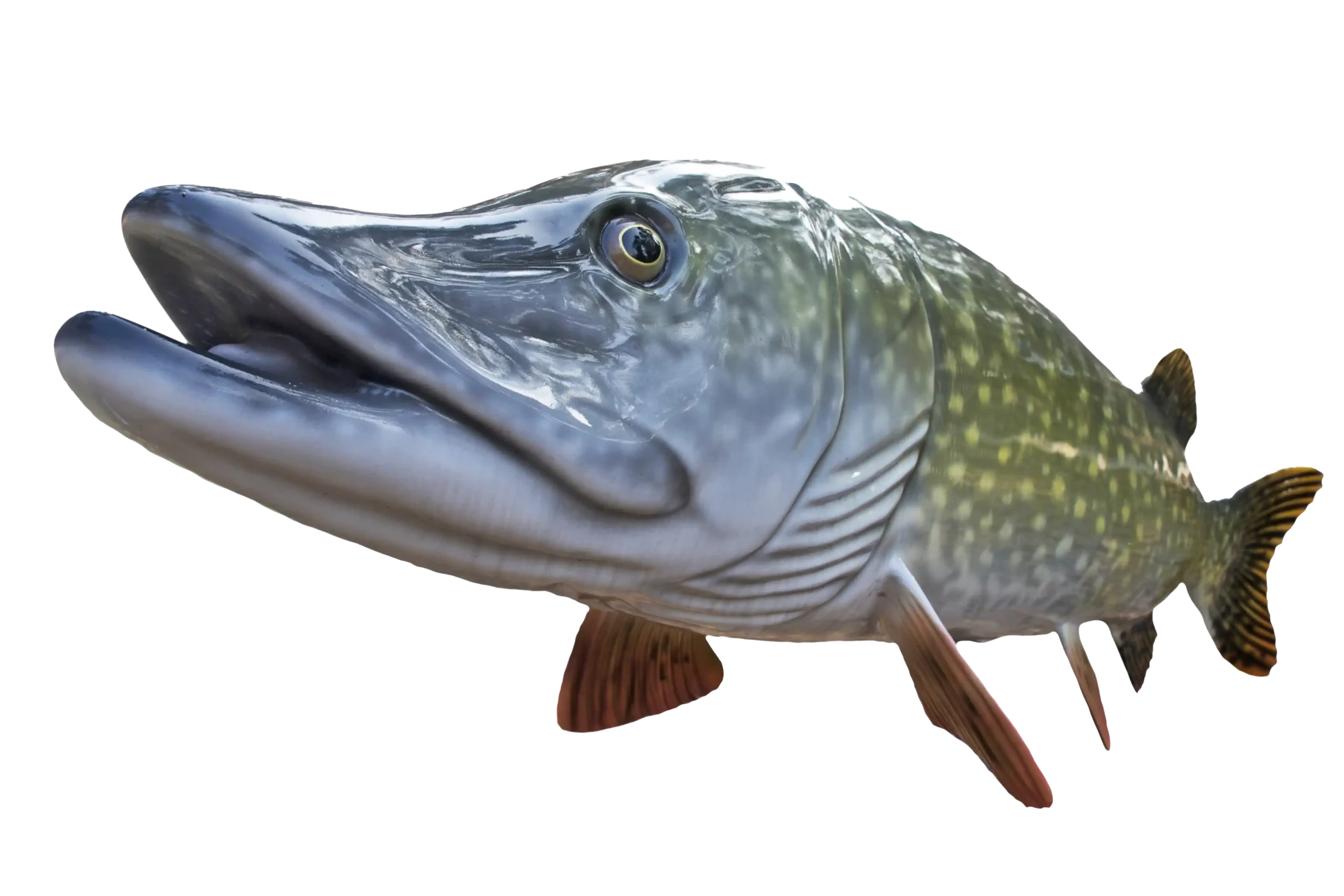
MTT. Minnesota Tournament Trail
NWT. National Walleye Tour
AIM. Angler’s Insight Marketing
Chili Bowl, Border View Lodge
Arnesen’s, Summer Tournament
River Bend Resort, Ladies tournament
Zippel Bay Resort, Northern Pike Tournament
AND MORE!
Larry Smith has a slogan, “It’s a great day to be alive.” Smith is an accomplished angler with a strong following who has an outdoor TV show called Larry Smith Outdoors. Recently, he traveled to Lake of the Woods to fish and do some filming with Lake of the Woods Tourism Executive Director, Joe Henry, and the day of fishing was memorable.
Smith is a go-getter to say the least. In addition to filming a TV show 52 weeks per year, he also has a farm and makes sure he has time for his family. In discussing his work ethic, he mentions, “This is all myself and my siblings have ever known. My parents were this way and it was all I have ever known. I get antsy when I sit around too long.”
Henry and Smith got our fishing one day this week and one day is all it took. The goal was to film an entertaining TV show as well as give viewers an idea of the Lake of the Woods area. The show has aired and we will let you be the judge if the show was entertaining!

The game plan was to pull spinners and crawlers. With the water temps in the mid 60’s, this is a great way to cover water with a presentation walleyes find hard to resist.
They started out on some mud flats. There were some fish around but they weren’t overly aggressive. A few saugers were put into the livewell for that evening’s fish fry. With some fish showing up on the electronics but not an overabundance of success, the pair decided to do a milk run. 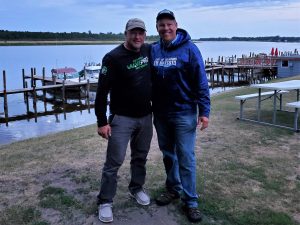
The phrase milk run comes from when back in the day they had milk men who delivered milk to houses. Each day, the milk man had a set number of scheduled stops. That same concept applies to a fishing milk run where anglers will pick a number of potentially good spots to fish. Anglers will approach and fish a spot quickly, determining whether to stay as there are good fish or move on to the next spot.
It is sometimes hard to leave fish but as the two weren’t lighting up the walleyes, and literally hundreds of spots on Lake of the Woods to fish, the two decided to go for it.
The first stop was an underwater point. Setting up the boat upwind as to go with the wind when trolling, water was quickly covered and it is always easier to troll with the wind vs against it. One nice walleye and a couple of other hits on the first pass. That was worth another pass.
Driving around the spot as not to spook the fish, the two made their way upwind with the big motor to save time and set up for a second trolling pass. This time, nothing. It was time to move on.
The second spot was also an underwater point. One charter boat was drifting it in shallower water. We decided to make a deeper pass. With the charter boat nearby, it gave us the chance to see if they were catching fish on their shallow drift. Almost another boat fishing for us. As we didn’t see a lot of action on their end, and we didn’t have any bites, we moved on.
The next spot was a small area that came out of 15′ of water and topped out at 6′. We pulled one nice walleye in 8′ of water but after a few more circles in that area and not seeing activity, decided to move on.
The next spot was deeper mud with a couple of rock humps nearby. We set up in the deep and popped a double header of nice walleyes. A good sign, an icon was added to the GPS and the trolling pass continued with shallower structure approaching. The decision had to be made, spin around and fish that spot again or spend a few more minutes and slide into the shallower water just to see. The decision to let it slide was a good one.
Once into about 8′ of water, Smith’s rod bent over hard, a nice walleye. Then Henry followed suit. The two ended up catching a handful of nice walleyes, some eaters, some slot fish between that 19.5 – 28 inch mark that must be returned.
With good success in the shallower water and knowing shallow fish are there for one reason, to eat, the two fired up the big motor, driving away from the structure to get upwind and set up again but this time, only for the shallow portion of the trolling pass. The second pass was equally successful. Many very nice walleyes were boated and the fish were aggressive.
After catching a number of walleyes, the duo made the decision to go look for a big walleye. The spot was deep mud around a small rock reef. The boat was set up again off of the structure as often times, big walleyes might be positioned in the mud adjacent to structure. Fishing in about 32′ of water, a two ounce or heavier bottom bouncer was effective to keep the presentation on the bottom yet still maintaining that ever important 45 degree angle which is effective when pulling spinners.
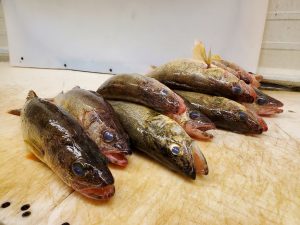
Smith mentioned when he heard it was a big fish, he was thinking 25 or 26 inches. After a hard fight, the fish showed itself from underneath the boat. “I couldn’t believe how big it was,” exclaimed Smith. “That fish is a giant!”
After it showed itself, it took a couple of good runs, not giving up easily. Henry coaxed the fish carefully to the boat and Smith scooped it up with the net. This was a fish of a lifetime, 31 inch walleye.
The two made a few excited comments for the show, took a quick couple of pics and got the monster walleye back into the water. After a hard battle, it took just a bit of care in the water for the big walleye to catch her breath and get her wits about her. When releasing a big fish, hold it in the water as if the fish is swimming. Don’t pull it back and forth as this can actually drown a fish. Rather, hold it upright and gently move the fish back and forth sideways until the fish tells you it is ready. In this case, the big girl gave a few good kicks and swam down into the depths.
The show will air in a week and a half .
After a good day of fishing, Smith took care of the boat while Henry took care of fileting the walleyes. A feast of fresh walleyes was enjoyed by to two along with Thomas the videographer who captured the entire day on video.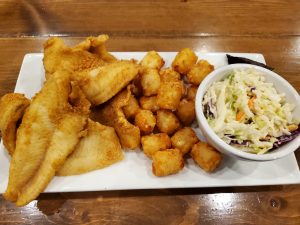
It was a day on the water to remember. Two like minded anglers sharing the boat together on a quest for walleyes on Lake of the Woods. It was about sharing ideas, sharing philosophies and never forgetting, “It’s a great day to be alive.”


Lake of the Woods
We firmly believe that the internet should be available and accessible to anyone, and are committed to providing a website that is accessible to the widest possible audience, regardless of circumstance and ability.
To fulfill this, we aim to adhere as strictly as possible to the World Wide Web Consortium’s (W3C) Web Content Accessibility Guidelines 2.1 (WCAG 2.1) at the AA level. These guidelines explain how to make web content accessible to people with a wide array of disabilities. Complying with those guidelines helps us ensure that the website is accessible to all people: blind people, people with motor impairments, visual impairment, cognitive disabilities, and more.
This website utilizes various technologies that are meant to make it as accessible as possible at all times. We utilize an accessibility interface that allows persons with specific disabilities to adjust the website’s UI (user interface) and design it to their personal needs.
Additionally, the website utilizes an AI-based application that runs in the background and optimizes its accessibility level constantly. This application remediates the website’s HTML, adapts Its functionality and behavior for screen-readers used by the blind users, and for keyboard functions used by individuals with motor impairments.
If you’ve found a malfunction or have ideas for improvement, we’ll be happy to hear from you. You can reach out to the website’s operators by using the following email
Our website implements the ARIA attributes (Accessible Rich Internet Applications) technique, alongside various different behavioral changes, to ensure blind users visiting with screen-readers are able to read, comprehend, and enjoy the website’s functions. As soon as a user with a screen-reader enters your site, they immediately receive a prompt to enter the Screen-Reader Profile so they can browse and operate your site effectively. Here’s how our website covers some of the most important screen-reader requirements, alongside console screenshots of code examples:
Screen-reader optimization: we run a background process that learns the website’s components from top to bottom, to ensure ongoing compliance even when updating the website. In this process, we provide screen-readers with meaningful data using the ARIA set of attributes. For example, we provide accurate form labels; descriptions for actionable icons (social media icons, search icons, cart icons, etc.); validation guidance for form inputs; element roles such as buttons, menus, modal dialogues (popups), and others. Additionally, the background process scans all the website’s images and provides an accurate and meaningful image-object-recognition-based description as an ALT (alternate text) tag for images that are not described. It will also extract texts that are embedded within the image, using an OCR (optical character recognition) technology. To turn on screen-reader adjustments at any time, users need only to press the Alt+1 keyboard combination. Screen-reader users also get automatic announcements to turn the Screen-reader mode on as soon as they enter the website.
These adjustments are compatible with all popular screen readers, including JAWS and NVDA.
Keyboard navigation optimization: The background process also adjusts the website’s HTML, and adds various behaviors using JavaScript code to make the website operable by the keyboard. This includes the ability to navigate the website using the Tab and Shift+Tab keys, operate dropdowns with the arrow keys, close them with Esc, trigger buttons and links using the Enter key, navigate between radio and checkbox elements using the arrow keys, and fill them in with the Spacebar or Enter key.Additionally, keyboard users will find quick-navigation and content-skip menus, available at any time by clicking Alt+1, or as the first elements of the site while navigating with the keyboard. The background process also handles triggered popups by moving the keyboard focus towards them as soon as they appear, and not allow the focus drift outside it.
Users can also use shortcuts such as “M” (menus), “H” (headings), “F” (forms), “B” (buttons), and “G” (graphics) to jump to specific elements.
We aim to support the widest array of browsers and assistive technologies as possible, so our users can choose the best fitting tools for them, with as few limitations as possible. Therefore, we have worked very hard to be able to support all major systems that comprise over 95% of the user market share including Google Chrome, Mozilla Firefox, Apple Safari, Opera and Microsoft Edge, JAWS and NVDA (screen readers).
Despite our very best efforts to allow anybody to adjust the website to their needs. There may still be pages or sections that are not fully accessible, are in the process of becoming accessible, or are lacking an adequate technological solution to make them accessible. Still, we are continually improving our accessibility, adding, updating and improving its options and features, and developing and adopting new technologies. All this is meant to reach the optimal level of accessibility, following technological advancements. For any assistance, please reach out to